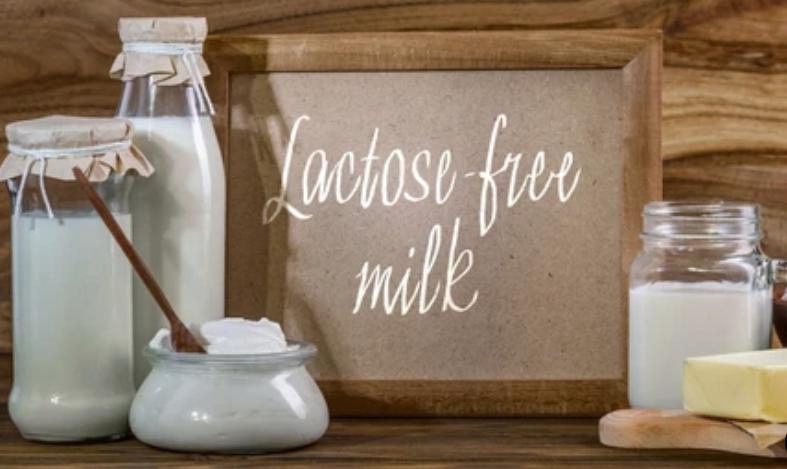It is necessary to determine the sugar contents in milk and milk products. Lifeasible offers professional services to help detect the sugar contents of milk and milk products for nutrition and safety needs.
Milk and milk products are essential for human nutrition. The composition and content of sugars in milk affect human health. Milk contains lactose and other important oligosaccharides that contribute to developing probiotic bacteria in the human intestine. Lactose also helps with the absorption of calcium, phosphorus, magnesium, and certain microelements. However, many people are unable to digest lactose properly. When they consume milk containing lactose, it can lead to symptoms such as abdominal pain, bloating, and flatulence. Thus, they need lactose-free milk products (Fig. 1). In addition, other sugars are added to some milk products, and these added sugars may also cause health problems.
 Fig. 1 Lactose-free milk products.
Fig. 1 Lactose-free milk products.
We help determine a wide range of sugars and their content in milk and milk products based on methods that comply with international standards.
Determination method:
We help determine sugar contents using high-performance anion exchange chromatography and the pulsed amperometric detection method (HPAEC-PAD). The combination of these two methods allows the isolation of 13 different sugars, including monosaccharides, disaccharides, and trisaccharides. Based on this method, we can label the six most important sugars naturally present or added in milk and milk products.
Determination range:
The milk and milk products we can test include milk, milk powder, infant formula, yoghurt, cheese, whey powder, sweetened condensed milk, and milk dessert. This method is considered an accurate and reliable method for measuring lactose in milk and milk products with low lactose content. A study validates the accuracy, sensitivity, and precision of the HPAEC-PAD method with a CarboPac PA100 column for determining residual lactose concentrations in UHT milk at levels down to 0.01% (w/w).
The sugars that we can test include monosaccharides (e.g., galactose, glucose, fructose, fucose, and arabinose), disaccharides (e.g., sucrose, lactose, maltose, isomaltulose, lactulose, trehalose, and melibiose), and trisaccharides (e.g., maltotriose).
The method does not apply to sugar contents less than 0.1 % and is not applicable when the sample contains soy.
Determination principle:
The method uses arabinose as an internal standard. The method requires the extraction of the sample using an aqueous ethanol buffer solution to inhibit potential probiotic activity, followed by the removal of the protein from the extracted solution. After adjusting the concentration, separation and quantitative analysis are performed.
Operation flow:

Main reference standards:
ISO 22184:2021
ISO 2911:2004
Lifeasible offers professional sugar analysis services for milk and milk products. Here we offer a service for simultaneous analysis of multiple sugars in milk and milk products, which helps to determine the full composition and content of sugars in milk and milk products and obtain the total sugar content. In addition, we also offer targeted sugar determination services for certain sugars, including lactose, sucrose, and lactulose. If you need to determine the sugars and sugar contents in milk and milk products, please do not hesitate to contact us. We are sure to provide you with satisfactory services.
References
Lifeasible has established a one-stop service platform for plants. In addition to obtaining customized solutions for plant genetic engineering, customers can also conduct follow-up analysis and research on plants through our analysis platform. The analytical services we provide include but are not limited to the following:
Why Do Plants Blush When They Are Hungry?
April 26, 2024
STU-CRISPR System Improves Plant Genome Editing Efficiency
April 19, 2024